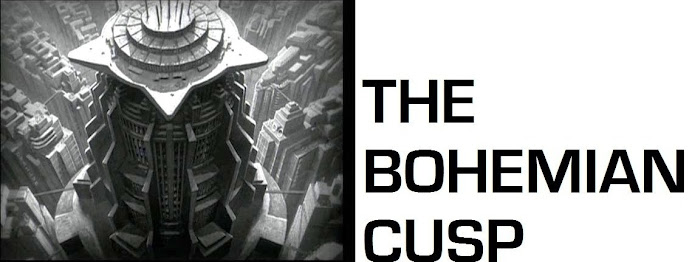
One sometimes wonders if the whole effort to create humanoid robots that will fulfill various household tasks is actually derived out of necessity, or some sort of Popular Science-Fiction/fantasy wish-list. Sure, various types of robotics and machines can, could, and do make our days more convenient, but making it into some sort of cyborg android seems more in line with frivolity than utility.
It is this thought that occurs to me as I look at the Telenoid R1, a nightmarish, android, alien baby with a body like a semi-formed tad-pole. Designed and constructed by roboticist Hiroshi Ishiguro, in collaboration with Osaka University and Advanced Telecommunications Research Institute International, the Telenoid is intended to aid in long-distance communication. Functioning somewhat like a telephone, you speak to the Telenoid, and as the person on the other end of the line replies, the Telenoid program picks up their facial cues and physical language and mimics it.
Apparently, speaking to the alien from Cocoon, who has inexplicably assumed your friend’s voice, eases the pain of distance more than Skype does. And this is precisely the question, sure the Telenoid is terrifyingly neat, but is it (and would future ancestors of it) be truly more effective at personalizing long distance communication than future incarnations of a service such as Skype? I think, in the future, I would much rather speak to that ridiculous CNN hologram of Will-I-Am, than I would C-3PO with Will-I-Am’s voice.
That is, of course, until Apple gets a hold of it and creates an entirely new, hip, lifestyle changing, tech product, that they tell us we need, the iPerson.

